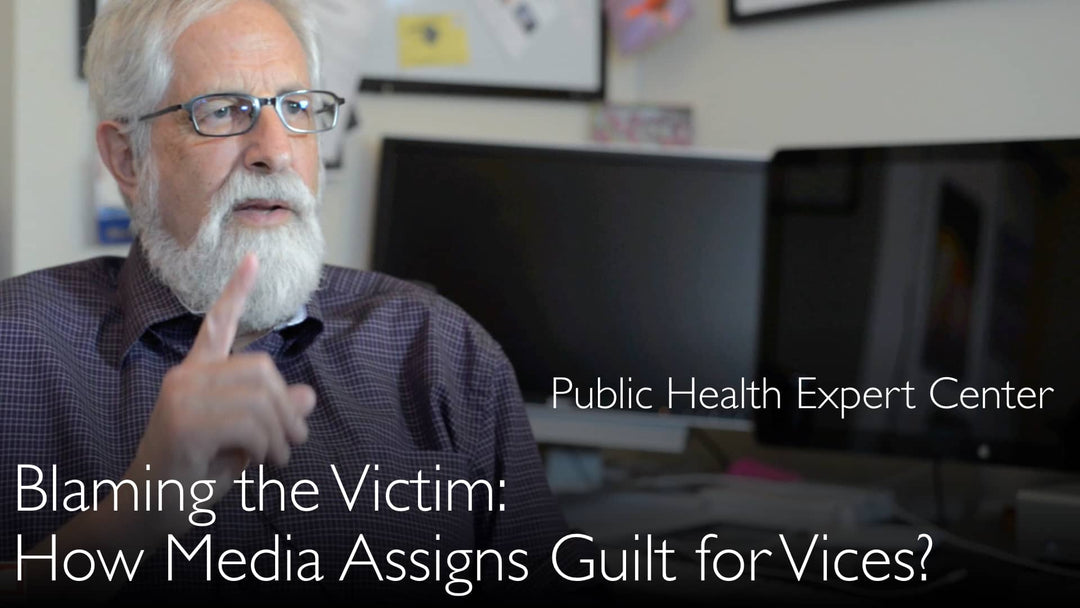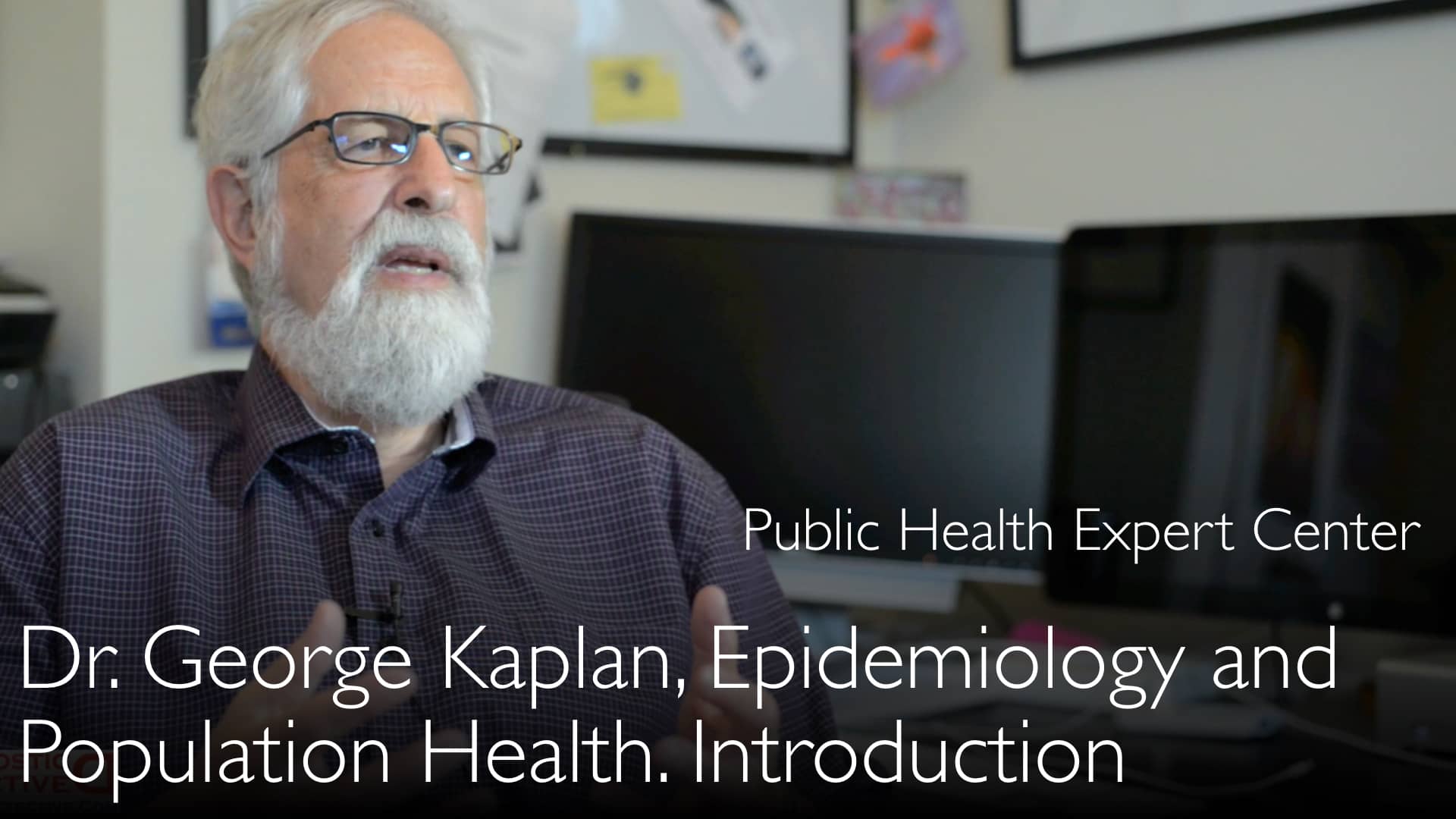Dr. George Kaplan, MD, en ledande expert inom folkhälsa och socioekonomiska hälsodeterminanter, belyser hur media och samhället ofta lägger ansvaret för hälsoutfall på individnivå, samtidigt som de förbisett kraftfulla samhällsinterventioner. Han påpekar att höjda cigarettpriser och begränsade rökmiljöer är bland de mest effektiva strategierna för att minska rökning, och betonar att investeringar i utbildning ger långsiktiga vinster både ekonomiskt och för folkhälsan – något som i slutändan ökar den friska livslängden.
Effektiva socioekonomiska interventioner för bättre folkhälsa
Hoppa till avsnitt
- Socioekonomiska faktorer och hälsa
- Offerskyllning i medier
- Samhällskostnader vid kronisk sjukdom
- Beprövade strategier mot rökning
- Hälsovinster med utbildningsinvesteringar
- Ökad frisk livslängd
Socioekonomiska faktorer och hälsa
Dr. George Kaplan, MD, framhåller att moderna hälsoorganisationer och medier ägnar oproportionerligt mycket uppmärksamhet åt genombrott i grundforskningen, samtidigt som de underskattar socioekonomiska förändringars betydelse. I sin diskussion med Dr. Anton Titov, MD, påpekar han att samhället har antagit en ideologi som lägger skulden på individen för hälsobeslut, medan de djupgående effekterna av socioekonomiska faktorer på befolkningens hälsa förbises.
Denna partiskhet för tekniska lösningar framför socioekonomiska åtgärder utgör ett kritiskt gap i folkhälsostrategin, vilket påverkar miljontals patienter världen över.
Offerskyllning i medier
Sedan sambandet mellan cigaretter och lungcancer upptäcktes i slutet av 1950-talet och början av 1960-talet, har Dr. George Kaplan, MD, noterat en ihärdig tendens att beskylla patienter för sina hälsotillstånd. Han förklarar för Dr. Anton Titov, MD, att medier och samhället ofta väljer den enkla förklaringen att patienter fattar dåliga beslut och därmed ”förtjänar” sina sjukdomar, vilket flyttar fokus från bredare systemiska problem.
Detta offerskyllande förhållningssätt bortser från de enorma vinster som genereras från försäljning av skadliga produkter som cigaretter, e-cigaretter, ohälsosam mat och alkohol, vilka bidrar avsevärt till folkhälsoutmaningarna.
Samhällskostnader vid kronisk sjukdom
De socioekonomiska kostnaderna för beteenderelaterade sjukdomar är enorma, vilket Dr. George Kaplan, MD, tydliggör i samtalet med Dr. Anton Titov, MD. Dessa kostnader inkluderar omfattande sjukvårdsutgifter, förlorad produktivitet och förtida dödlighet, oavsett om vården finansieras av staten eller via privata betalningar.
Utöver de ekonomiska börderna orsakar kroniska sjukdomar stort lidande, vilket kontinuerligt dränerar samhällets resurser och välbefinnande. Detta gör prevention genom socioekonomiska interventioner ekonomiskt motiverat.
Beprövade strategier mot rökning
Forskning från Kalifornien och andra regioner visar att socioekonomiska interventioner har en stark korrelation med minskad rökning, enligt Dr. George Kaplan, MD. De två mest effektiva strategierna är att göra tobaksprodukter dyrare genom skatter och att begränsa miljöer där rökning tillåts.
Dr. George Kaplan, MD, förklarar för Dr. Anton Titov, MD, att dessa metoder fungerar eftersom patienter har begränsade ekonomiska resurser och miljörestriktioner minskar tillfällen att röka. Detta visar att policybaserade åtgärder överträffar rent informativa insatser för tobakskontroll.
Hälsovinster med utbildningsinvesteringar
Investeringar i utbildning ger långsiktiga hälsofördelar över livsloppet för både barn och vuxna, framhåller Dr. George Kaplan, MD. Dessa investeringar leder till bättre ekonomiska utfall för individer samtidigt som de minskar sjukdomsbördan i befolkningen.
I diskussionen med Dr. Anton Titov, MD, påpekar Dr. George Kaplan, MD, att utbildning fungerar som en stark socioekonomisk determinant som påverkar hälsobeteenden, tillgång till vård och övergripande välmående under en persons livstid.
Ökad frisk livslängd
Det yttersta målet med socioekonomiska interventioner är att öka den friska livslängden snarare än att enbart förlänga livet, enligt Dr. George Kaplan, MD. Han förklarar för Dr. Anton Titov, MD, att effektiva folkhälsostrategier bör fokusera på att lägga till år av produktivt och vitalt liv, inte bara på livsförlängning.
Genom att adressera socioekonomiska bestämningsfaktorer med beprövade metoder kan samhällen uppnå betydande förbättringar i befolkningens hälsa samtidigt som den ekonomiska bördan av förebyggbara sjukdomar minskar.
Fullständig transkription
Dr. Anton Titov, MD: Jag har fått intrycket att moderna hälsoorganisationer och medier fokuserar mycket på genombrott i grundforskningen som det främsta verktyget för att förbättra livskvalitet och hälsa. Ändå lägger de mindre vikt vid att genomföra socioekonomiska förändringar. En provokerande tanke är att detta kan bero på att samhället har antagit en ideologi som beskyller individen för hälsobeslut och bortser från socioekonomiska faktorers inverkan. Dessutom har samhället gett upp hoppet om att förbättra den socioekonomiska situationen för mindre privilegierade patienter.
Samhället och medier tar den enkla vägen och skyller på patienters egna val. Med andra ord prioriterar vi tekniska lösningar långt före socioekonomiska åtgärder. Vad är din syn på dessa frågor?
Sedan sambandet mellan cigaretter och lungcancer upptäcktes i slutet av 50-talet och början av 60-talet i Storbritannien, USA och andra länder?
Dr. George Kaplan, MD: Det har definitivt funnits en tendens att beskylla offren, att säga att du gjorde något dumt, därför blir du sjuk, och vi kommer inte hjälpa dig. Men om vi bortser från de enorma vinster som görs på försäljning av cigaretter, e-cigaretter, ohälsosam mat och överdriven alkoholkonsumtion, måste vi inse att samhällskostnaderna för dessa sjukdomar är enorma.
Det finns en socioekonomisk kostnad förknippad med sjukdomarna. Oavsett om vården betalas av staten eller privat, uppstår förlorad produktivitet, förlorade liv och utöver det smärta och lidande.
Allt detta utgör en dränering, en socioekonomisk belastning för samhället. Det finns ett argument för att vara human och minska bördan från dessa beteenderelaterade sjukdomar. Frågan är hur man gör det.
Vad vi vet från studier, bland annat i Kalifornien där jag befinner mig, och i andra länder, är att socioekonomiska interventioner är starkt kopplade till minskad rökning. De två mest effektiva åtgärderna för att minska rökning i samhället är att göra tobak dyrare, eftersom patienter har begränsade ekonomiska resurser, och att begränsa miljöer där man får röka.
Sådana socioekonomiska interventioner är mycket effektiva. Vi vet också att investeringar i utbildning har långsiktiga effekter över livet för både barn och vuxna, med bättre ekonomiska utfall och lägre sjukdomsrisk.
Socioekonomiska åtgärder kan vara mycket effektiva för att minska sjukdomsbördan i befolkningen och öka livslängden. Ännu viktigare är att öka den friska livslängden – antalet år man lever produktivt och fullt av liv.








